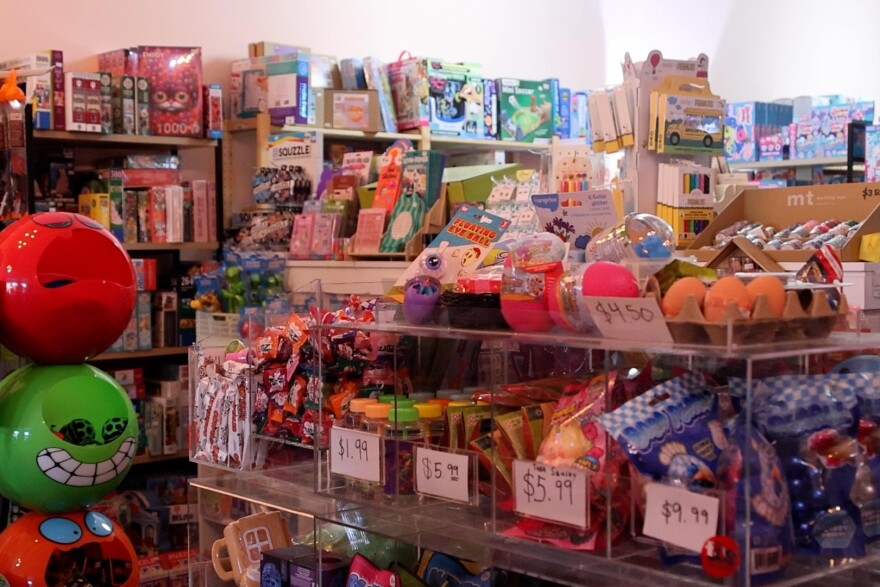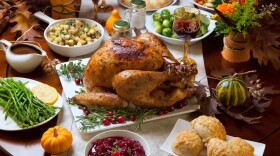When Kat Pruce heard that tariffs would be implemented on products from all over the world, she started panic-buying toys for her store, stocking up as much as she could afford to avoid higher prices.
Owner of Mairzy Doats toy store in Bloomington, Pruce said 80 percent of the toys she sells are manufactured in China, which faced tariff rates as high as 145 percent earlier this year.
Even though manufacturers have absorbed some of the tariff costs, Ball State University Director of the Center for Business and Economic Research Michael Hicks says consumers should expect to pay about 85 percent of the tariff.
As a result, the price of most the toys Pruce sells will still be 10 to 20 percent more expensive this holiday season.
“The prices have only been noticeable to the average consumer now,” she said, “which we were all kind of trying to warn people, like, Christmas is going to be a different buying experience. And if you're very like, budget-conscious, then you should have started buying before the summer, which nobody does.”
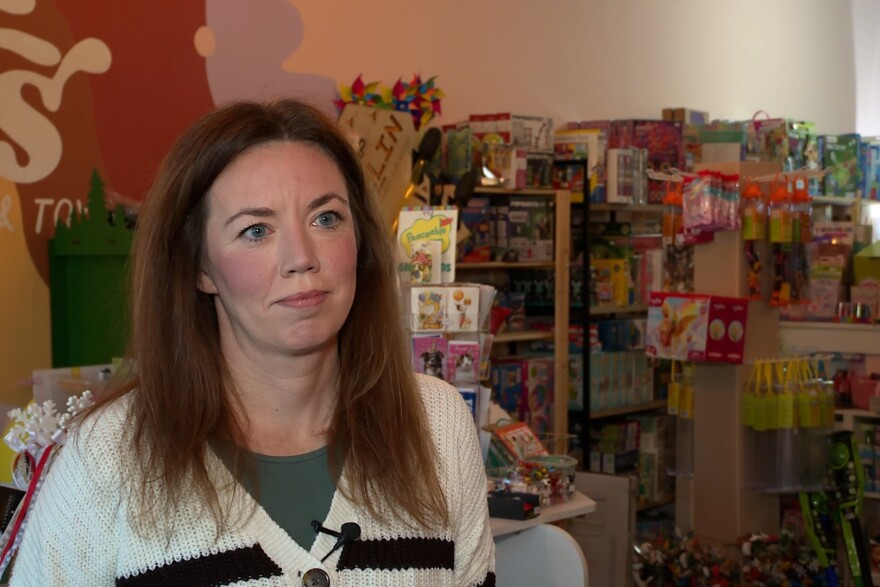
Pruce said her profit will be lower than previous years. When considering which products to sell at a lower price, she thinks about how much she would spend on it. Amid a period of high demand, Pruce aims to provide products with a wide range of prices.
“No matter what your budget is, you can find something that your kid's going to have fun with,” she said. “There's still going to be the $100-plus wow toys, right? But there's also going to be plenty of sub $20 toys that will be fun to open.”
While she can’t change the price of name-brand products, such as Fat Brain Toys and Shashibos, she’s willing to lower the price on smaller, impulse buys.
“The silly little things that kids spend their allowance on, that's where you get a little bit more wiggle room,” she said. “The quality toys and whatnot, they typically are the ones that you have to sell it at x price because this is our brand, and this is good quality. Whereas, you know, a squishy you can adjust that to make sure the kids can still spend their pocket change.”
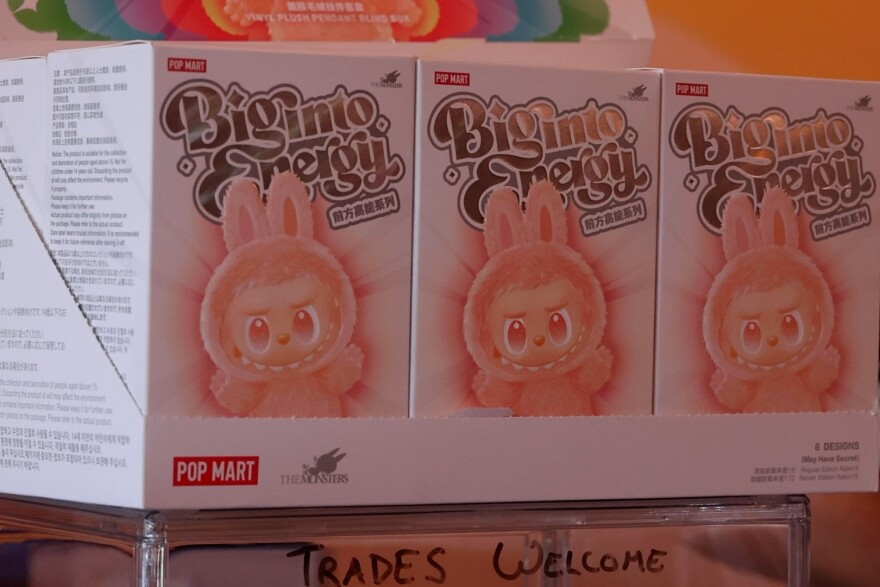
Experts say consumers should expect to spend more this year on toys, holiday décor and artificial trees because of tariffs. Potential shortages are also possible. Hicks said gifts such as electronics will be 40 to 60 percent more expensive this year.
Despite higher prices, the National Retail Federation predicts sales in November and December will increase between 3.7 percent and 4.2 percent since last year. Total sales this year could be between $1.01 trillion and $1.02 trillion. Last year, sales reached just over $976 billion. NFR’s holiday survey found that people plan to spend an average of $890.49 per person on gifts, food and décor; that’s just over $11 less spent per person compared to last year.
Among the results, the Federation found that families with children are expected to spend more on gifts than adults over 18 compared to last year. This year, households with children are expected to spend an average of $743, while adults over 18 are expected to spend $628.
Hicks said those shopping now won’t get as much for their money as they could’ve a few months ago. Many consumers already did their holiday shopping over the summer to avoid higher prices.
“You can't get winter coats. You can't get the brand-new toy, the just-released DVD game,” he said. “That sort of thing doesn't happen until the last minute.”
Artificial trees, décor prices up
Chris Butler, CEO of the National Tree Company, said supply of artificial trees and décor is down 20 to 30 percent this year due to tariffs. He supplies trees to retailers such as Amazon, Michael's and Lowes. About 85 percent of artificial trees are imported from China, which faced up to 50 percent tariffs on some products earlier this year. Holiday lighting has also faced a 63-percent tariff rate. As a result, prices for artificial trees are up 10 percent, and demand is lower than usual.
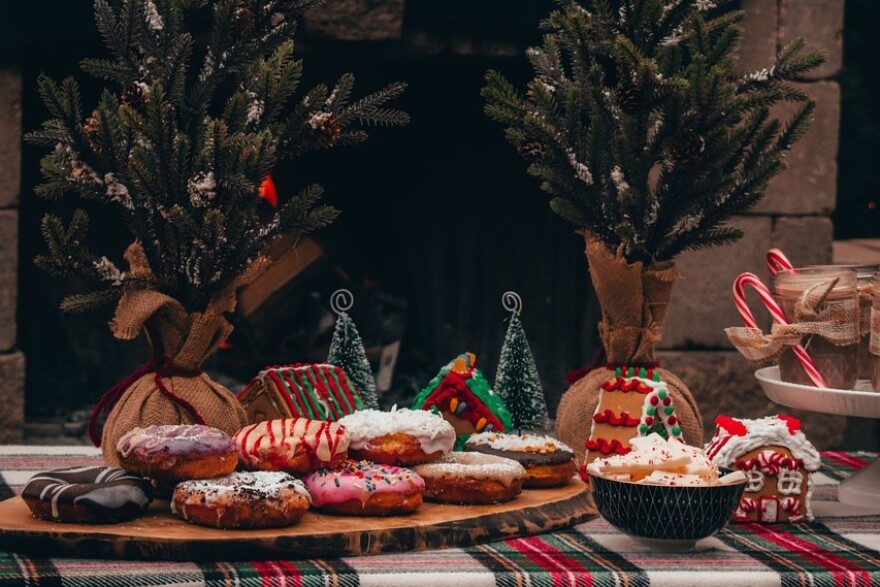
“Consumers at the very, very high end, aren't really being impacted, and so they're still spending, but consumers at the very low end, or the middle part of the economy, are struggling,” he said. “Inflation remains fairly high. And it's a tough employment market. So, I think between those things, as well as the government shutdown, there's just a lot of uncertainty. And when there's uncertainty, consumers tend to kind of hold their money.”
Butler said since September, his company has shipped between 2,000 and 3,000 artificial trees and goods to Indiana. That’s down 10-15 percent from last year.
Jami Warner, executive director of the American Tree Association, expects to see a spike in demand around Black Friday, and thinks a shortage of trees and décor is possible.
“You'll probably be able to find something; it may not be exactly what you want, which is why we're saying, go online, go into the stores,” she said. “There's a lot of great deals to be had, Black Friday's coming up, but don't wait for Black Friday. Go out now and buy what you want.”
A survey from Ispos, a market research company, found that 83 percent of households planning to display a tree this year will choose an artificial one. Despite price increases, Warner thinks artificial trees will continue to remain popular due to how sustainable and environmentally friendly they are.
“It's a good investment, and you can use it year after year,” she said.
During his last term, President Donald Trump exempted some products, including Christmas tree lights, from tariffs. Warner hopes to see some tariff relief on Christmas products next year.
“Whether you celebrate Christmas or not, it's a really nice time of year,” she said. “It's uplifting. The lights, the colors, are very psychologically beneficial, and I think we all need that. It's been a very, very tough year for Americans, for people all over the world, and Christmas does bring a lot of cheer, at least the season does, and that's why a really fun business to be in. But this has not been a fun year, not yet. We're hoping it gets better.”


